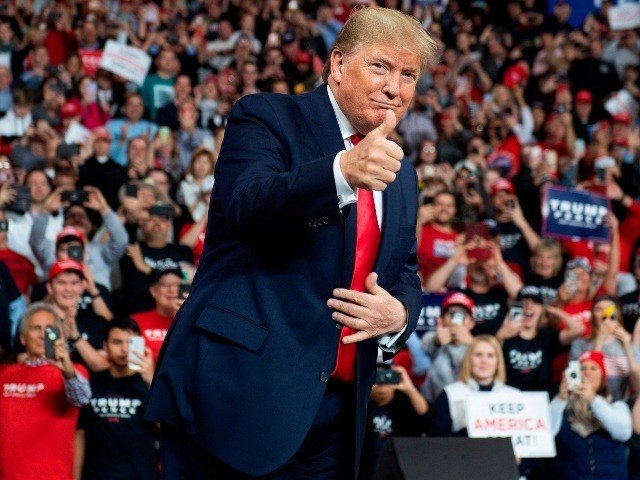White House considered ban against Acosta for good; CNN asked court to intervene – UPDATE: Nevermind
Update: The White House has restored Jim Acosta’s press pass, but told him that misbehavior will result in him losing it.
CNN has asked a federal court to step in as the Trump administration has told their White House correspondent, Jim Acosta, that they were considering a permanent ban against him.
The District Court of the District of Columbia previously granted a temporary restraining order (TRO) forcing the White House to restore Acosta’s White House pass while the Trump administration and CNN work out a settlement. According to CNN’s filing, the White House informed Acosta in a letter that they were considering permanently revoking his access to the White House.
Following the Court’s TRO decision, Plaintiffs offered to resolve this dispute amicably by working with Defendants and the White House Correspondents’ Association to establish protocols for White House press conferences on a going forward basis. Defendants did not respond to this offer to cooperate, instead, after 9 p.m. on Friday, just hours after this Court’s order requiring the restoration of Acosta’s White House press pass, Defendants Sarah Huckabee Sanders and William Shine sent the attached letter, stating, among other things, that they had made the”prelimary decision to suspend [Acosta’s] hard pass due to [his] conduct at the President’s November 7, 2018 press conference.”
They demanded a response by 5:00 p.m. Sunday and arbitrarily set a deadline of 3:00 p.m. Monday for their determination as to whether the “preliminary decision” becomes “final.”
CNN said in their complaint that the White House, in this action, was “yet again – violating the constitutional rights of CNN and Acosta.” The network has asked for a hearing on Monday, November 26 or shortly thereafter.
When asked whether Acosta was allowed on White House grounds Monday, Counselor to the President Kellyanne Conway told Fox News Channel’s American Newsroom that she wasn’t sure.
“ I do not know, I do not know that answer. I got someone from the press shop standing right here, I do not know that answer,” she replied.
Acosta lost his White House pass two weeks ago after he refused to relinquish a White House microphone after he had asked his question.




